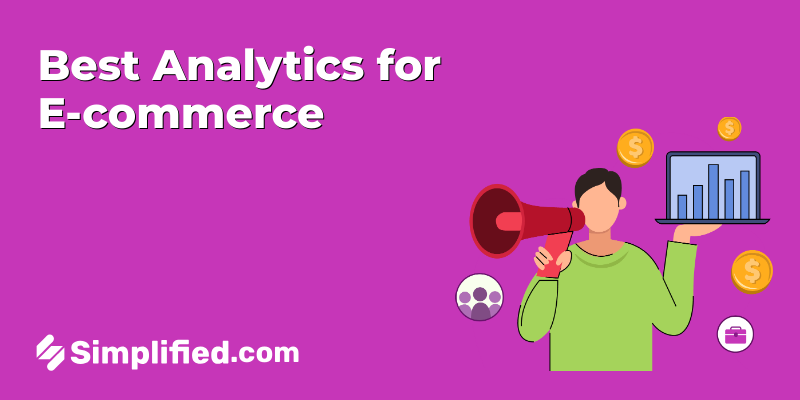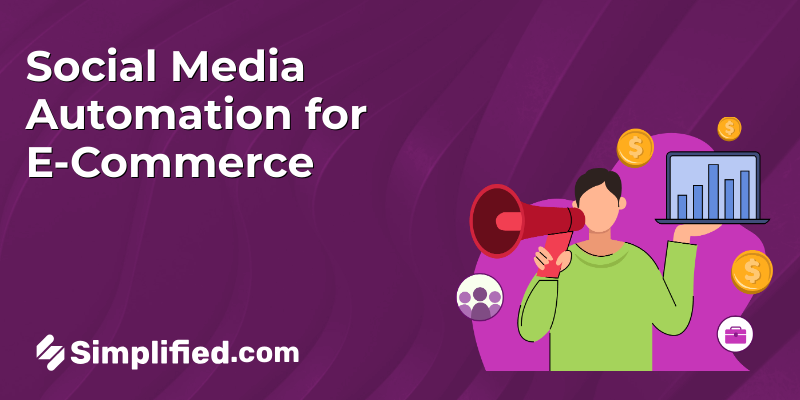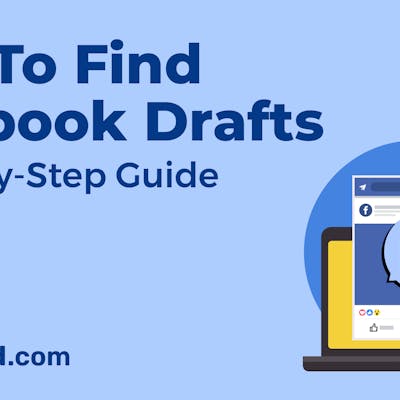
In the dynamic world of e-commerce, where every click and conversion matter, businesses are constantly on the lookout for ways to gain a competitive advantage. But how can you truly understand your customers’ journey and behavior without getting overwhelmed by a flood of data? The solution lies in utilizing specialized review tools crafted for e-commerce analytics. These tools offer insights into your customers’ minds, enabling you to make informed, data-driven decisions that can significantly impact your business. So, what are the essential review tools that can uplift your analytics capabilities and provide actionable insights? Let’s explore the realm of e-commerce analytics to uncover the tools that can refine your business strategy and lead you to success.
Bonus : Instagram Insights Simplified in 8 Easy Steps [PART 1]
Introduction to E-commerce Analytics Tools
E-commerce analytics tools are vital for businesses looking to gain insights into their online store’s performance. These tools offer a comprehensive view of various metrics such as traffic sources, conversion rates, and customer behavior. By using these insights, businesses can make informed decisions that enhance their overall strategy. E-commerce analytics tools underscores the importance of selecting the right platforms to meet specific business needs. Understanding the benefits and functionalities of these tools is crucial for effective e-commerce management.
Bonus : Instagram Insights Part 2: Using Instagram’s Latest Features
Leading E-commerce Analytics Tools to Consider
E-commerce analytics tools are essential for understanding customer behavior, tracking key metrics, and guiding smarter decisions. Here’s an overview of top tools, each with unique features for different needs:
1. Google Analytics
Google Analytics offers detailed tracking of site activity and user behavior. Through its enhanced e-commerce add-on, it captures data on product views, checkout steps, and cart abandonment. With Google Analytics 4 (GA4), you gain access to event-based tracking for more specific insights.
Best For: General traffic analysis, attribution, and customer insights.
Key Features: Funnel analysis, demographic data, custom reporting, and real-time tracking.
2. Kissmetrics
Kissmetrics focuses on customer engagement and retention, making it ideal for understanding customer journeys. It provides lifecycle tracking and segmentation, giving insight into how customers interact over time and enabling behavior-based targeting for tailored campaigns.
Best For: Customer journey tracking, engagement, and retention.
Key Features: Funnel reports, A/B testing integration, and customer segmentation.
3. Mixpanel
Mixpanel tracks specific events and user interactions, like clicks on a product or purchases. This tool offers a detailed look at how users interact with your site, with features for retention analysis to see which site elements lead to repeat visits.
Best For: Real-time event tracking, user behavior analysis, and tracking conversions.
Key Features: Event tracking, cohort analysis, A/B testing, and user flow insights.
4. Shopify Analytics
For Shopify users, Shopify Analytics includes data on sales, average order value, customer behavior, and more. The advanced plan offers custom reports for more in-depth insights into sales channels, making it an effective choice for stores on the Shopify platform.
Best For: Shopify users looking for integrated sales and customer insights.
Key Features: Sales and customer reports, inventory tracking, marketing insights, and multi-channel sales data.
5. Hotjar
Hotjar provides qualitative insights, such as heatmaps, showing where users click on your site. With user session recordings, you can see real-time navigation, and feedback polls let you gather direct input from visitors.
Best For: Understanding on-site behavior and improving UX.
Key Features: Heatmaps, session recordings, feedback polls, and funnel analysis.
Choosing the Right Tool
Selecting a tool depends on your platform and goals:
- For Broad Analysis: Google Analytics covers the most metrics.
- For Customer Engagement: Kissmetrics tracks customer lifecycle well.
- For Interaction Insights: Mixpanel offers detailed action insights.
- For Shopify-Based Stores: Shopify Analytics integrates seamlessly.
- For User Experience Insights: Hotjar highlights on-site user interactions.
Combining these tools can provide a more complete view of your store’s performance and customer journey, enabling you to make adjustments that support growth.
Bonus : How Social Media Automation Can Save You Over 15 Hours Weekly
How to Use E-commerce Analytics to Monitor Business Performance
Monitoring business performance with e-commerce analytics involves understanding key metrics and using them to inform strategy. Here’s a step-by-step guide:
- Identify Key Performance Indicators (KPIs): Focus on metrics like conversion rates, average order value, and customer acquisition cost.
- Set Up Tracking: Use your chosen analytics tools to set up tracking for these KPIs across your e-commerce platforms.
- Analyze Data Regularly: Regular analysis helps in identifying trends and making timely adjustments.
- Make Informed Decisions: Use insights gathered to refine marketing strategies, product offerings, and customer service.
This process ensures that your e-commerce business is continually optimized for better performance.
Bonus : COVID-19 and Online Shopping: Why Graphic Design Matters
Integrating Analytics Tools with E-commerce Platforms
Integrating analytics tools with your e-commerce platform is crucial for smooth data flow and actionable insights. Here’s how you can do it:
- Choose Compatible Tools: Ensure the analytics tool you choose is compatible with your e-commerce platform (e.g., Shopify, WooCommerce).
- Use Plugin or APIs: Most platforms offer plugins or APIs for easy integration.
- Test the Setup: After integration, test to ensure data is being captured accurately.
- Regularly Monitor: Keep track of the integration to avoid data loss and ensure it meets your business needs.
A well-integrated system allows for more detailed insights and better decision-making.
Advantages of E-commerce Analytics for Business Growth
E-commerce analytics provide numerous advantages that contribute significantly to business growth. These include:
- Enhanced Customer Insights: Understand customer behavior and preferences, allowing for personalized marketing strategies.
- Improved Inventory Management: Track product performance to optimize stock levels and reduce waste.
- Better Marketing ROI: Analyze the effectiveness of marketing campaigns to allocate resources efficiently.
- Informed Pricing Strategies: Use data to set competitive prices that attract and retain customers.
By leveraging these advantages, businesses can tailor their operations to meet customer needs and drive growth.
Bonus : How To Use The AIDA Model For Effective E-Commerce Marketing
Conclusion
To sum up, embracing the power of analytics and insights tools is essential for e-commerce businesses aiming to stay competitive in today’s digital marketplace. By utilizing platforms like Google Analytics, Shopify Analytics, and Hotjar, businesses can gain a comprehensive understanding of customer behaviors, optimize their websites, and ultimately augment sales.
These tools not only provide invaluable data but also empower businesses to make informed decisions that drive growth. If you’re ready to enhance your e-commerce strategy, integrating these tools into your business operations is the next logical step. Don’t let valuable insights pass you by; subscribe to our newsletter for more expert tips and stay ahead in the ever-evolving world of e-commerce. Start using your data to create actionable strategies today and watch your business thrive!





















![13 Project Management Software & Tools for Creative Agencies [Free & Paid] 13 Project Management Software & Tools for Creative Agencies [Free & Paid]](https://siteimages.simplified.com/blog/Advertising-Agency-Project-Management-Softwares-01.png?auto=compress&fit=crop&fm=png&h=400&w=400)


